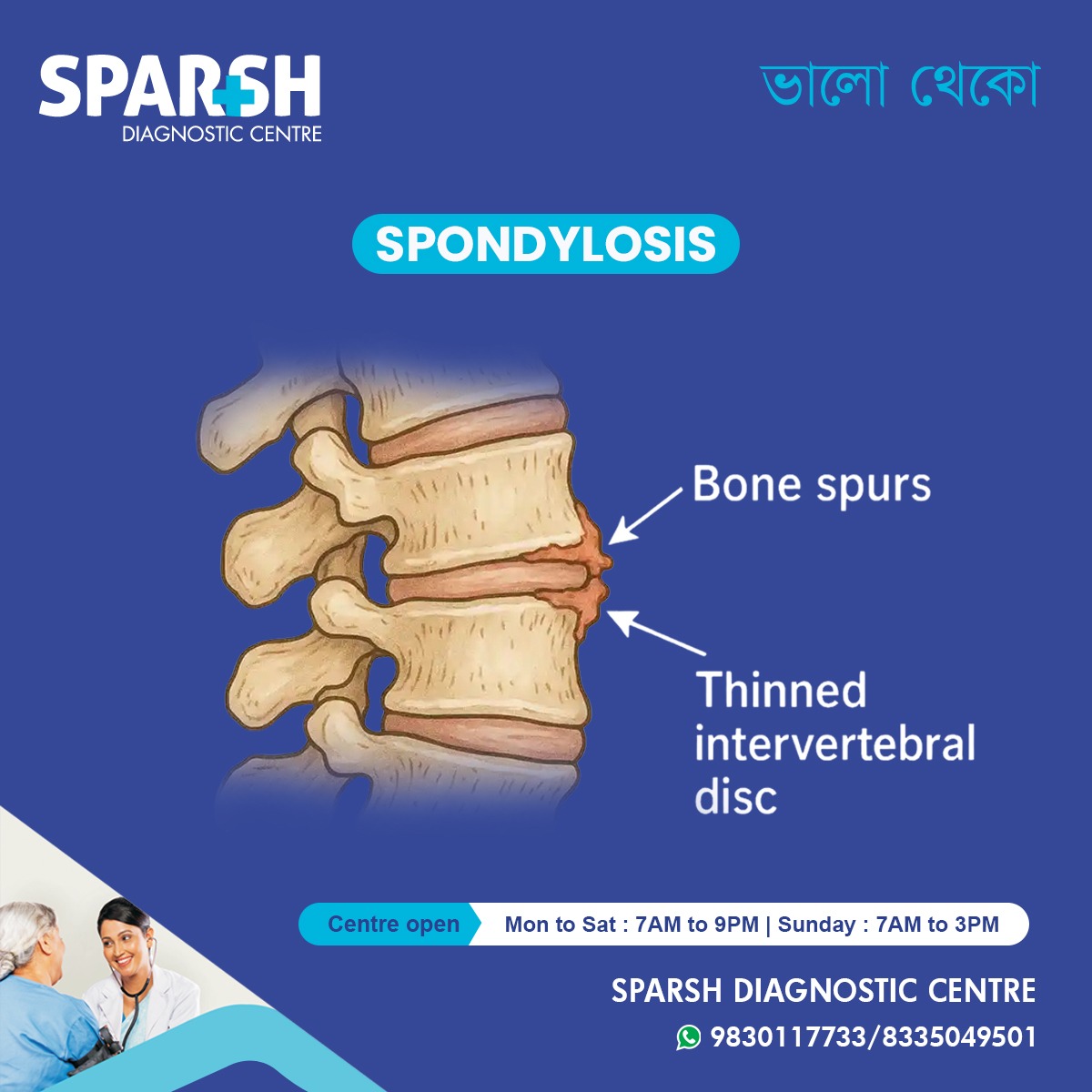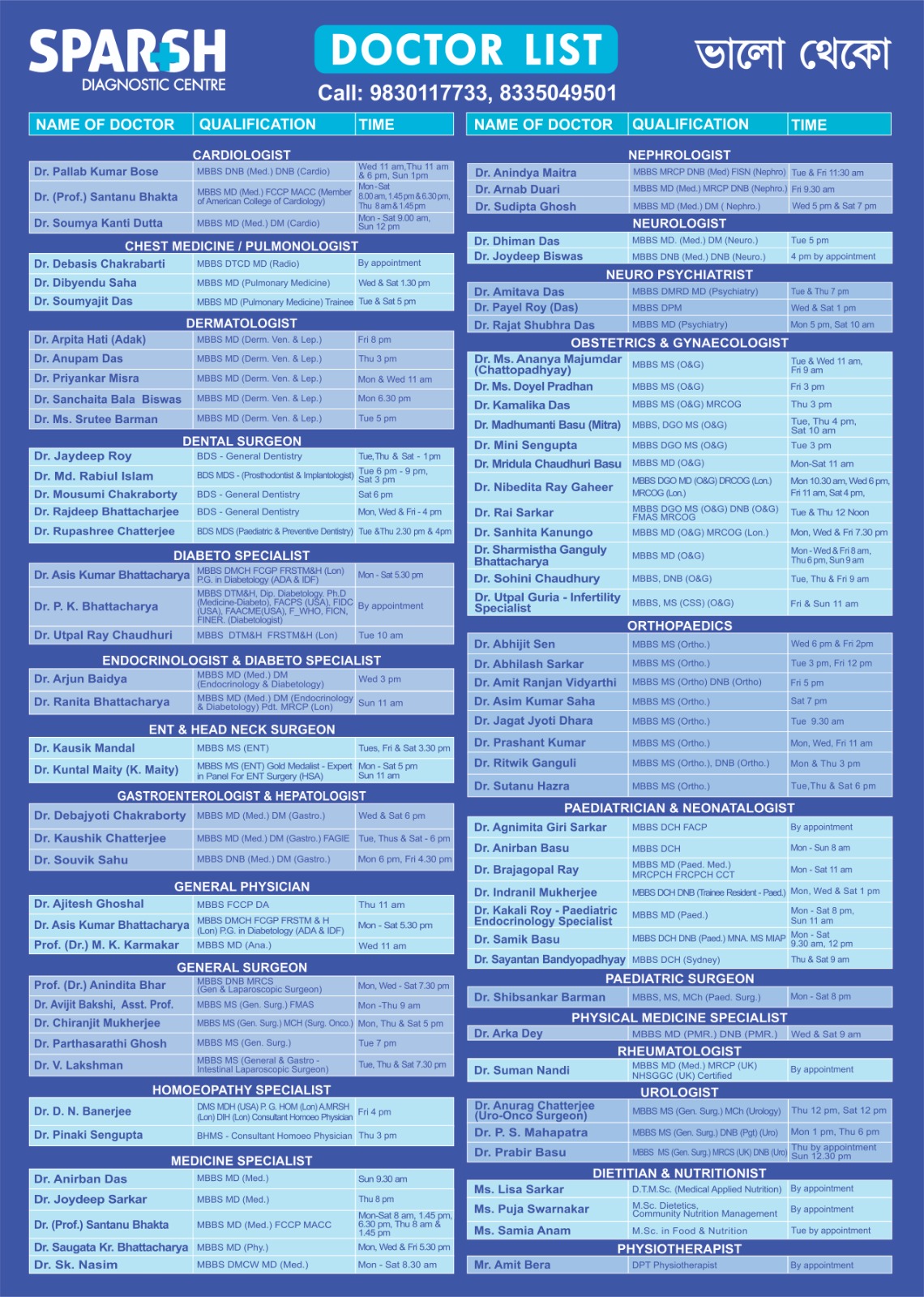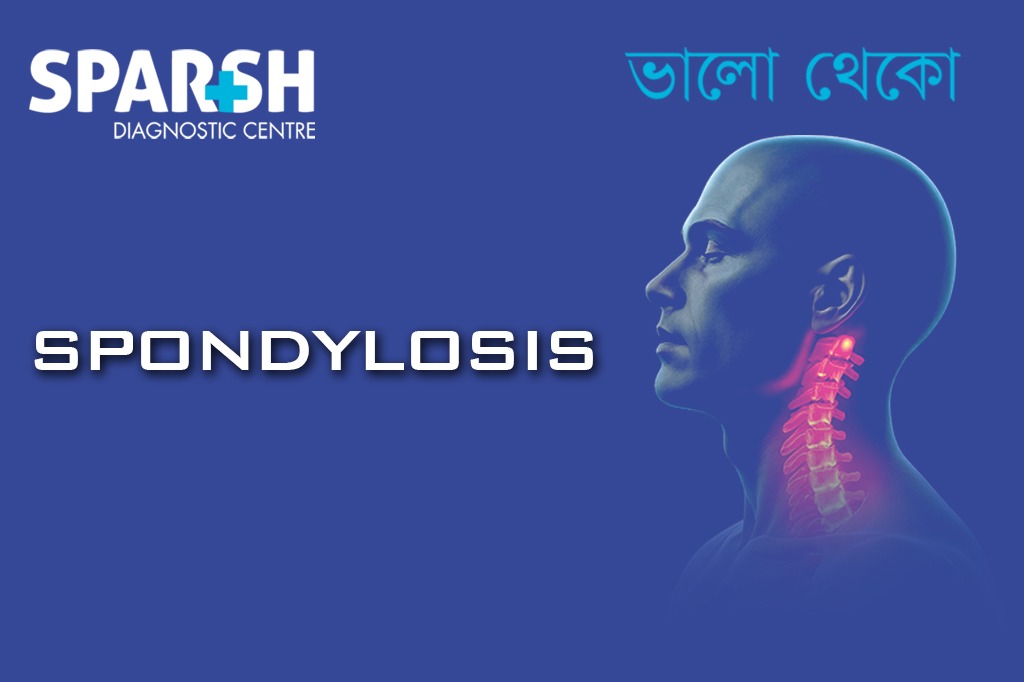Spondylosis is one of the most common age-related degenerative conditions affecting the spine. It involves the gradual wear and tear of the vertebrae, intervertebral discs, ligaments, and joints. Although it is often associated with aging, lifestyle habits, posture, injuries, and genetics can also play a significant role.
As more people experience persistent neck pain, back pain, stiffness, or radiating discomfort in the arms or legs, early diagnosis and proper management of spondylosis can significantly improve quality of life.
This comprehensive guide explains what spondylosis is, its types, causes, symptoms, diagnosis, and the most effective treatment options available today.
What is Spondylosis?
Spondylosis refers to the degeneration of the spinal structures—particularly the intervertebral discs, vertebral bodies, facet joints, and ligaments. This degeneration can lead to bone spur formation (osteophytes), disc thinning, and narrowing of the spinal canal or nerve pathways.
It commonly affects:
Cervical spine (neck) — Cervical
Thoracic spine (mid-back) — Thoracic
Lumbar spine (lower back) — Lumbar

Among these, cervical and lumbar spondylosis are the most widespread because these areas are more mobile and bear greater load.
Types of Spondylosis
Cervical Spondylosis
Affects the neck region (C1–C7). Common in people above 40 but now seen in younger individuals due to prolonged screen time and poor posture.
Thoracic Spondylosis
Affects the mid-back region (T1–T12). Often linked to repetitive strain or postural issues.
Lumbar Spondylosis
Affects the lower back (L1–L5), one of the most common causes of chronic back pain.
Multilevel / Degenerative Spondylosis
Involves multiple spinal segments due to advanced aging or lifestyle-related wear.
Causes of Spondylosis
Age-related Wear and Tear
Natural disc dehydration begins after age 30
Ligaments lose elasticity
Bone spurs develop over time
Poor Posture
Long hours of sitting, slouching, and incorrect lifting techniques strain the spine.
Sedentary Lifestyle
Weak back and core muscles increase spine stress.
Manual Labour or Repetitive Motion
Repeated lifting and twisting accelerate degeneration.
Previous Injuries
Trauma from accidents can initiate long-term degenerative changes.
Obesity
Excess weight adds pressure to spinal structures.
Genetics
Family history increases risk of early disc degeneration.
Smoking
Reduces blood flow to spinal tissues and speeds up disc deterioration.
Symptoms of Spondylosis
Symptoms differ depending on the part of the spine affected. Some individuals remain symptom-free for years.
Common Symptoms
Stiffness in neck or back
Radiating pain to arms or legs
Reduced range of motion
Cervical Spondylosis Symptoms
Neck stiffness
Shoulder and arm pain
Headaches at the back of the head
Difficulty turning the head
Balance issues
Lumbar Spondylosis Symptoms
Lower back pain
Difficulty walking or standing long
Leg weakness
Severe Symptoms (Require urgent care)
Loss of bladder or bowel control
Sudden limb weakness
Persistent numbness
These symptoms may indicate significant nerve compression or spinal cord involvement.
How Spondylosis Affects the Spine
Disc Degeneration
Intervertebral discs lose height and hydration, reducing cushioning.
Bone Spur Formation
As disc space narrows, bone spurs form and can compress surrounding nerves.
Facet Joint Wear
Wear leads to joint inflammation and stiffness.
Thickened Ligaments
Spinal ligaments harden, reducing flexibility.
Spinal Canal Narrowing (Stenosis)
Nerve compression may occur, leading to radiating pain and weakness.
Diagnosis of Spondylosis
Physical Examination
Doctors evaluate mobility, posture, nerve function, and pain triggers.
Imaging Tests
X-ray
Shows bone spurs, disc space reduction, and alignment issues.
MRI
Provides detailed imaging of discs, nerves, and soft tissues.
CT Scan
Helps visualize bone structures clearly.
Nerve Studies (EMG/NCV)
Identifies nerve compression or damage.
Treatment Options for Spondylosis
Most cases improve with non-surgical treatments when managed early.
Lifestyle Modifications
Posture Improvement
Correct sitting, sleeping, and standing alignment reduces strain.
Weight Management
Helps lower pressure on the spine.
Quit Smoking
Improves blood circulation to spinal structures.
Medication
NSAIDs for pain and inflammation
Muscle relaxants for spasms
Neuropathic medications for nerve pain
Corticosteroid injections for severe inflammation
Physical Therapy
A cornerstone of non-surgical treatment.
Includes:
Back and core strengthening
Flexibility exercises
Traction in selected cases
Heat and cold therapy
Posture retraining
Chiropractic or Manual Therapy
May help some individuals with joint stiffness, but must be performed by certified experts.
Minimally Invasive Procedures
Epidural Steroid Injections
Reduce inflammation around compressed nerves.
Radiofrequency Ablation
Targets nerves causing facet joint pain.
Surgical Treatment
Surgery is only needed for:
Severe nerve compression
Spine instability
Disc herniation not responding to treatment
Common surgeries include:
Laminectomy
Discectomy
Spinal fusion
Foraminotomy
These procedures relieve pressure on nerves and stabilize the spine.
Prevention of Spondylosis
Maintain Good Posture
Use ergonomic setups for work and sleep.
Stay Active
Regular exercise keeps the spine strong and flexible.
Avoid Heavy Lifting
Use proper technique when lifting objects.
Maintain Healthy Weight
Reduces unnecessary spinal pressure.
Take Breaks
Avoid long hours in the same sitting posture.
Strengthen Core Muscles
Core stability plays a major role in spinal support.
Complications of Untreated Spondylosis
Persistent pain
Reduced mobility
Permanent nerve damage (rare)
Early diagnosis and proactive management are essential for preventing long-term complications.
FAQ on Spondylosis
1. Is spondylosis the same as spinal arthritis?
Yes, spondylosis is essentially age-related arthritis of the spine.
2. Can young adults develop spondylosis?
Yes. Poor posture and lifestyle habits can trigger early degeneration.
3. Is spondylosis curable?
It cannot be fully reversed, but symptoms can be controlled effectively.
4. What sleeping position is best?
Sleeping on your back with a thin pillow or on the side with bent knees.
5. Can spondylosis cause paralysis?
Only in very severe cases of nerve or spinal cord compression.
6. Do all patients need surgery?
No. Most patients recover with conservative treatment.
7. Does physiotherapy help?
Yes. It is one of the most important treatments for long-term improvement.
8. What should I avoid during flare-ups?
Heavy lifting, twisting movements, high-impact exercises, and bending forward excessively.
#BhaloTheko
Disclaimer:
No content on this site, regardless of date, should ever be used as a substitute for direct medical advice from your doctor or other qualified clinician.

Sparsh Doctor List
![]()





